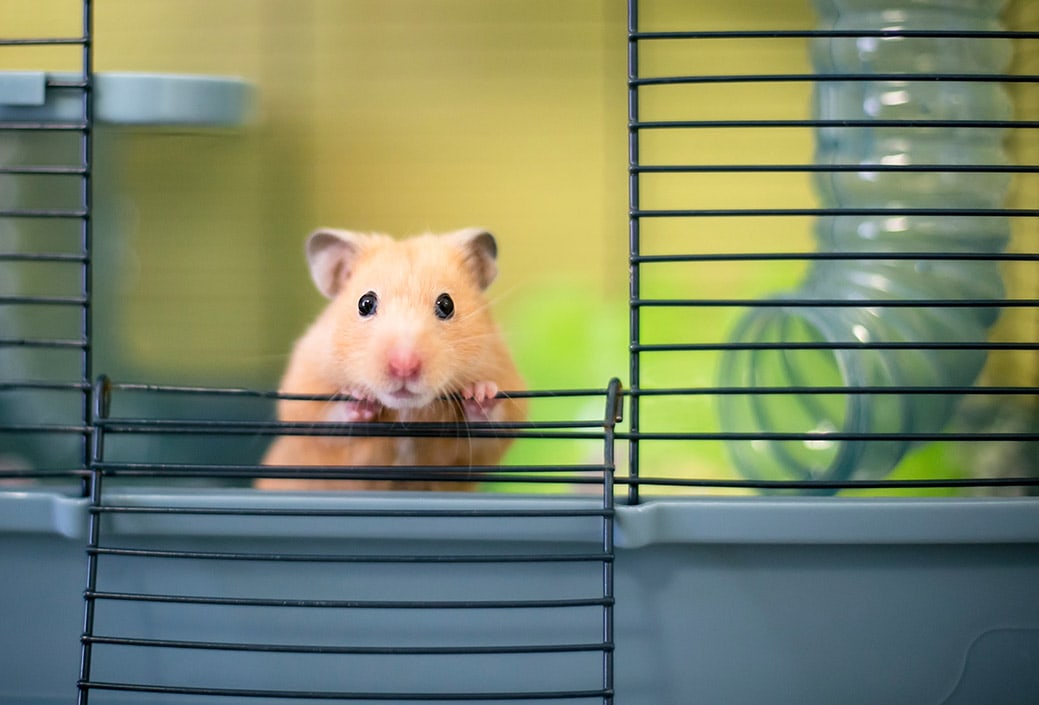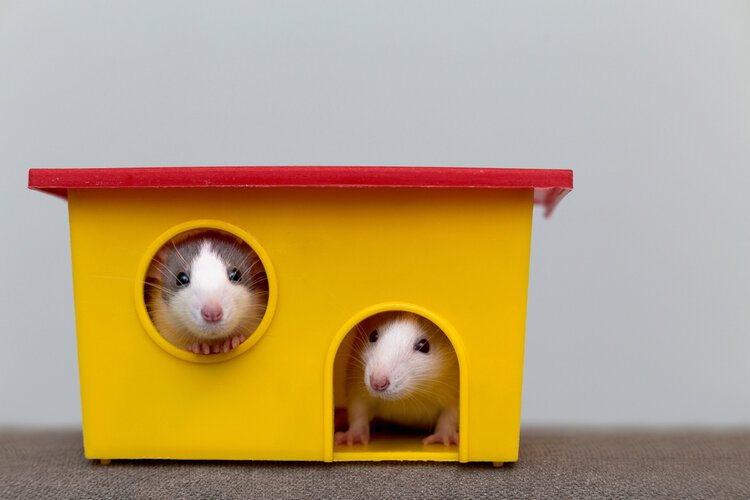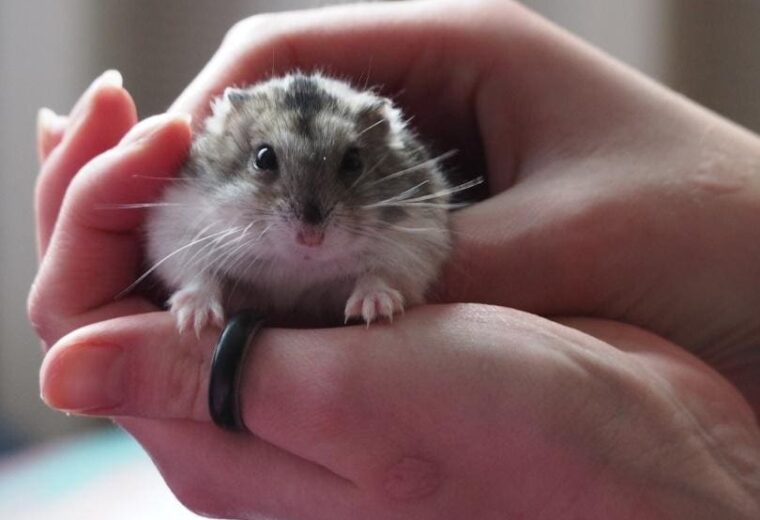
Holding a hamster may seem a bit complicated and even scary at first. After all, they’re so tiny! Luckily, it isn’t quite as complicated as it first appears. With a bit of know-how, you can easily hold your hamster without much of a problem. The most important part is to hold them firmly and gently, as you don’t want them to jump from your hands.
If you accidentally scare your hamster while holding them, you are put at risk of a bite. Hamsters will bite to defend themselves. If they don’t like what you’re doing, they will often bite you to let you know. You will probably get bitten a few times while owning a hamster—hopefully, this article will lower the number.
The 9 Steps to Hold a Hamster Correctly
1. Wash Your Hands
Hamsters have a powerful sense of smell, so you should wash your hand before holding them. If you have any strange smells on your hand, your hamster may become scared. You should use unscented soap as well, as strongly scented soaps can also cause the hamster’s sense of smell to be overwhelmed. Furthermore, you reduce the risk of passing bacteria and viruses to your hamster, which can make them sick.
2. Let Your Hamster Sniff You
You should introduce your hand into the cage and leave it there for a few moments to encourage your hamster to smell it. You don’t want to grab them, as this can cause the hamster to become fearful and bite. It may also cause your hamster to become fearful of you long-term, which can prevent them from letting you hold them in the future.
Leaving your hand in your hamster’s cage for a second will allow them to become used to your smell and hand before you pick them up.

3. Wait for Your Hamster to Crawl Into Your Hand
Turn your palm up and wait for your hamster to crawl into your hand. At first, this may not work, particularly if your hamster is not used to you. They may be afraid of your hand and avoid it. After a few sessions, though, they will become used to your presence and crawl into your hands.
If your hamster does not crawl into your hand, scoop them up by scooping up the bedding they’re sitting on. You don’t want to grab them, as this can make them fearful and cause them to bite. It may also make them fearful in the long-term, which can cause more bites in the future.
4. Allow Your Pet to Warm Up to You
It is typically not a good idea to force your hamster to be held for an extended period when they are first adopted. This can cause them to become fearful and stressed, which can further cause diseases and similar problems. Stress can be a severe problem for hamsters, so you should limit it as much as possible. You may only want to place your hand in their cage for the first few times, depending on how fearful the hamster is. If they are scared of your hand, don’t pick them up right away.
Give your rodent plenty of time to warm up to you and feel comfortable before you decide to pick them up. Don’t force it if your rodent is scared and biting.

5. Hold Your Hamster Close
When you hold your hamster, you should put them close to your body. Use two hands and move slowly. Don’t jerk or move around quickly. This will reduce the risk of your hamster panicking and trying to jump, which can cause injuries. Preferably, you should sit on the ground so a potential drop is small if they decide to jump.
If your rodent is particularly squirmy, you may want to put them between your legs on the floor so that they cannot fall. The point is to keep your hamster as secure and safe as possible.
6. Provide a Treat
Primarily the first few times being held, you should provide your hamster with a treat. Treats are always a good thing. If your hamster gets a treat when they are held, they will begin to look forward to your cuddling sessions. If they are fearful, this is a suitable way to help them come out of their shell.
Of course, you should ensure you’re only feeding safe foods. Many fresh veggies are safe for your hamster to eat, but be sure to do your research.
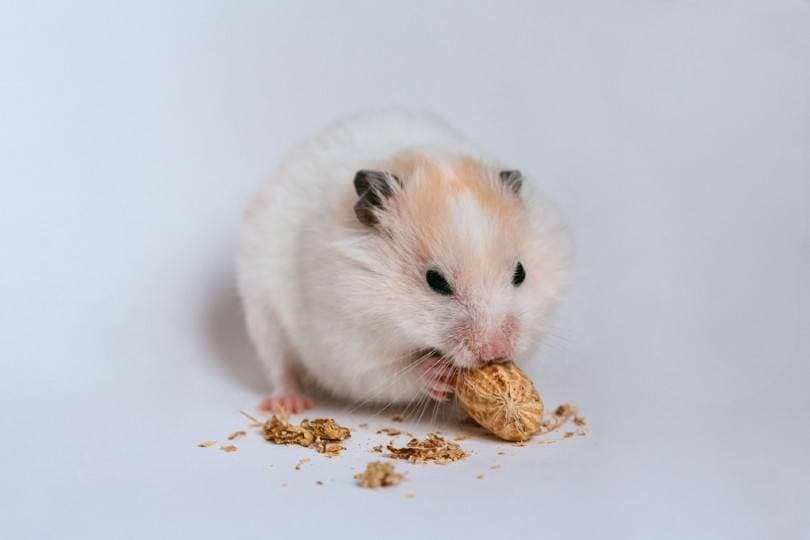
7. Keep Sessions Short
Don’t hold your hamster for very long at a time. A few minutes is all that is necessary at first. Any longer, and you potentially run the risk of stressing out your pet. Being held can be a bit scary, especially at first. After a little bit, your hamster will warm up to your presence, and you can hold them for more extended periods.
8. Put Your Hamster Carefully Back in Their Cage
Hamsters are prone to jumping as you put them back in their cage. Paying extra close attention to this step is essential to avoid injury to your hamster. You should preferably cup your hands so your hamster can’t jump, but don’t squeeze it as this may potentially cause it to become scared.
When your hands are safely in the cage, move your top hand off and allow your hamster to walk off your hand. Do not drop them in, as this can cause them to become fearful.
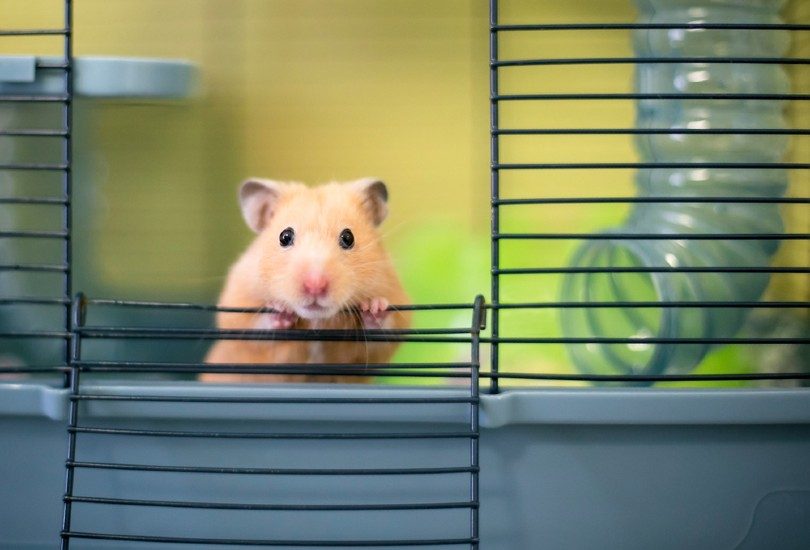
9. Hold Your Hamster Often
You shouldn’t hold your hamster for very long at a time. However, you should hold them regularly and often. This will help them become used to the process and allow them to get used to you. Once a day is often enough, but you can hold them up to three times a day if they are handling it well. Don’t stress your rodent out too much, but don’t wait many days in between sessions either.
- Also see: Can Hamsters Jump? Here’s How High
Looking for other hamster guides? Try:
- How to Train a Hamster to Be Tame (7 Proven Methods)
- How Many Babies Do Hamsters Have In A Litter? Breeding & Reproduction Guide
- Can You Give a Hamster a Bath? Do They Need Them?
Featured Image Credit: Attila Bódis, Pixabay

